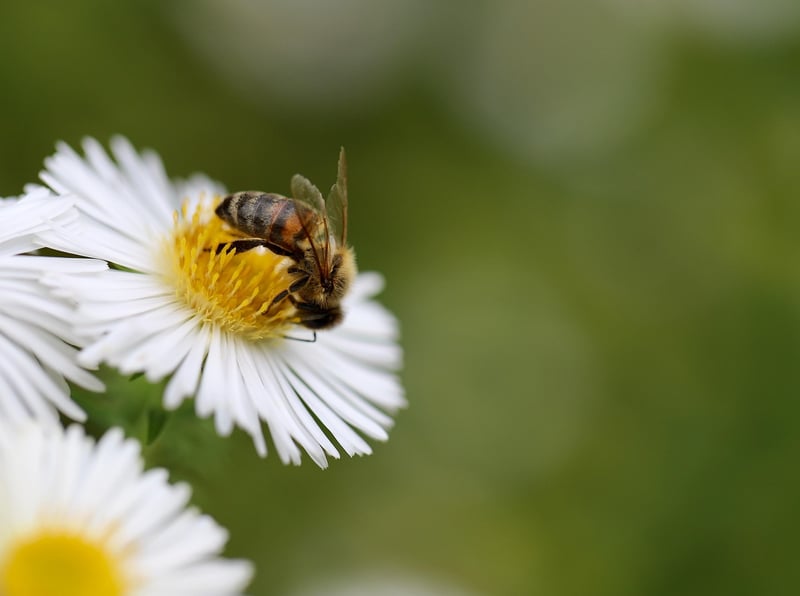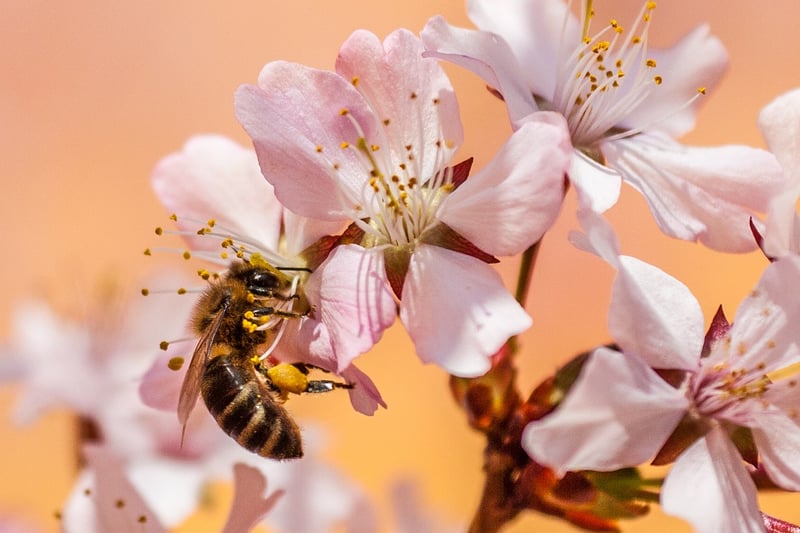Bee-Friendly Gardens
Encouraging Biodiversity in Cities: Creating Bee-Friendly Gardens

As urban areas continue to expand, it is crucial to find ways to promote biodiversity within cities. One effective method is to create bee-friendly gardens that not only support local bee populations but also enhance the overall ecosystem.
Importance of Biodiversity in Cities
Urban biodiversity plays a vital role in maintaining ecological balance and supporting various forms of life. By incorporating green spaces and wildlife-friendly habitats in cities, we can create healthier and more sustainable environments for both humans and wildlife.
Benefits of Bee-Friendly Gardens
Bee-friendly gardens are designed to attract and support pollinators, especially bees, which are essential for the reproduction of many plant species. By planting a variety of nectar-rich flowers, shrubs, and trees, you can provide food and shelter for bees while beautifying your surroundings.
Tips for Creating a Bee-Friendly Garden
- Choose a variety of native plants that bloom at different times to provide continuous food sources for bees.
- Avoid using pesticides and herbicides that can harm bees and other beneficial insects.
- Provide water sources like shallow dishes with rocks for bees to drink safely.
- Include nesting sites such as bee hotels or undisturbed areas for ground-nesting bees.
- Learn about the specific bee species in your area and tailor your garden to their needs.
Get Involved in Urban Biodiversity Conservation
Join local community gardens, participate in urban greening initiatives, and support policies that prioritize biodiversity in city planning. Every small effort can contribute to creating a more sustainable and wildlife-friendly urban environment.
By incorporating bee-friendly gardens and promoting urban biodiversity, we can make cities greener, healthier, and more vibrant places for both people and pollinators to thrive.
References: National Wildlife Federation, Pollinator Partnership
